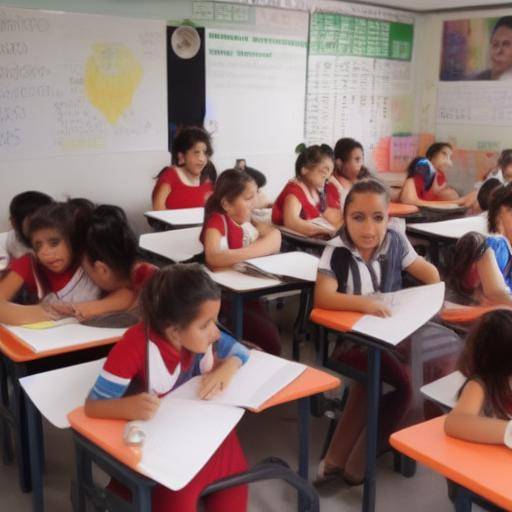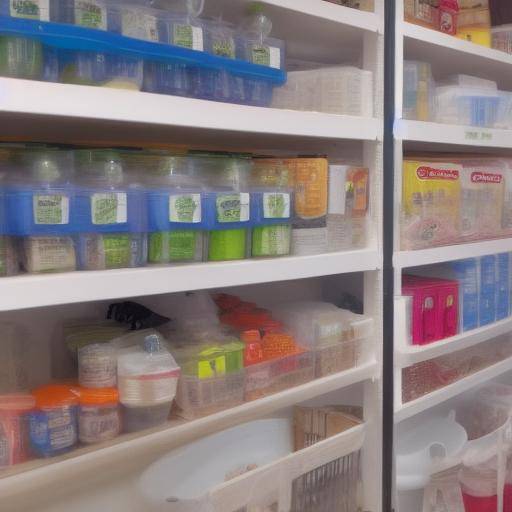
Introduction
From an early age, it is crucial to inculcate in children the importance of savings, as this financial discipline is essential for their future personal and economic development. In this article, we will explore in detail why teaching children to save is essential, the financial habits they should adopt and how this will impact positively on their future.
History and Background
The concept of savings is rooted in ancient times, where primitive communities and societies learned to save resources for times of scarcity. Throughout history, savings have evolved significantly, especially with the introduction of more complex banking and financial systems. The importance of savings has become even more relevant in the modern world, where economic stability and future planning are fundamental aspects of everyday life.
In more recent times, savings have been subject to deep studies and analysis by economists and psychologists, who have highlighted their impact on the emotional and financial stability of individuals and societies, stressing their link to discipline and financial habits.
Analysis in Deep
Child Saving Benefits
Teaching children to save from an early age gives them multiple benefits. It inculcates discipline, responsibility, and gives them a sense of security and foresight for the future. It also teaches them the value of money, fostering a mentality of conscious spending and prudent savings.
Recent research has shown that children who learn to save tend to be more financially stable in adulthood, suggesting that this habit instilled during childhood has a lasting impact on their lives.
Challenges in the Teaching of Saving
Despite their benefits, teaching savings to children can present significant challenges. The constant temptation of unbridled consumption, the bombing of publicity and social pressure can hinder the formation of healthy financial habits. It is essential to address these challenges through financial education and practical tools that promote positive and sustainable savings.
Comprehensive review
Practical Applications
The best way to teach children to save is through practical examples in everyday life. Encouraging them to save a part of their weekly allocation, setting affordable savings targets and rewarding them for achieving their goals can be an effective approach.
Perspective of Experts
Financial education experts underline the importance of teaching children the relationship between effort, savings and reward. This not only allows them to understand the value of money, but also inculcates a sense of achievement and responsibility.
Comparative analysis
Although the concepts of discipline, habits and future may seem independent, they are intrinsically related when it comes to savings. Discipline in savings leads to the formation of good financial habits which, in turn, guarantee a safer and more stable economic future.
Practical Tips and Accessible Tips
Tips for Teaching Children To Save
- Example bullet point
- Example bullet point
- Example bullet point
Step by Step Guides
- Example step
- Example step
- Example step
Conclusions and FAQs
Conclusions
Teaching children to save is a valuable gift that will last throughout their lives. Instilling financial discipline, fostering healthy savings habits and preparing them for a solid economic future is essential for their long-term well-being.
Frequently asked questions
- How old can you start teaching children about savings?
- How can I motivate my child to save?
- What are the best strategies to teach children about the value of money and savings?
- What impact does early learning of savings have on the financial future of children?
- What are the tools and resources available to teach children about savings?
- How can I talk to my son about savings so that he understands their importance?






















































